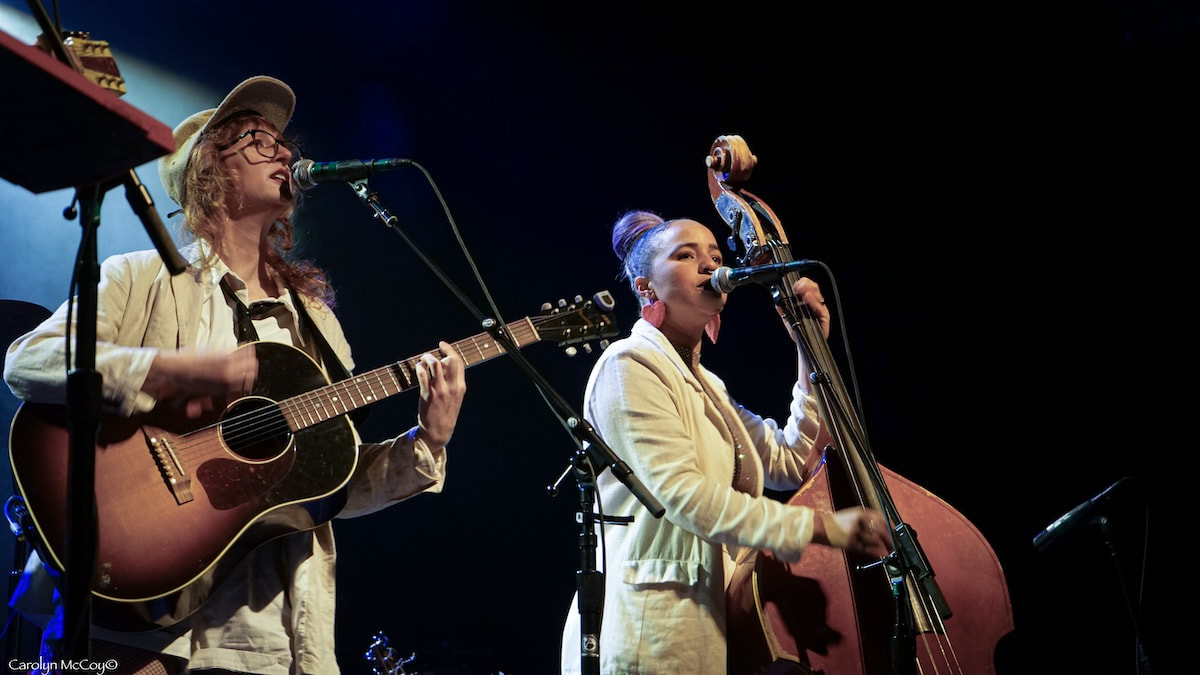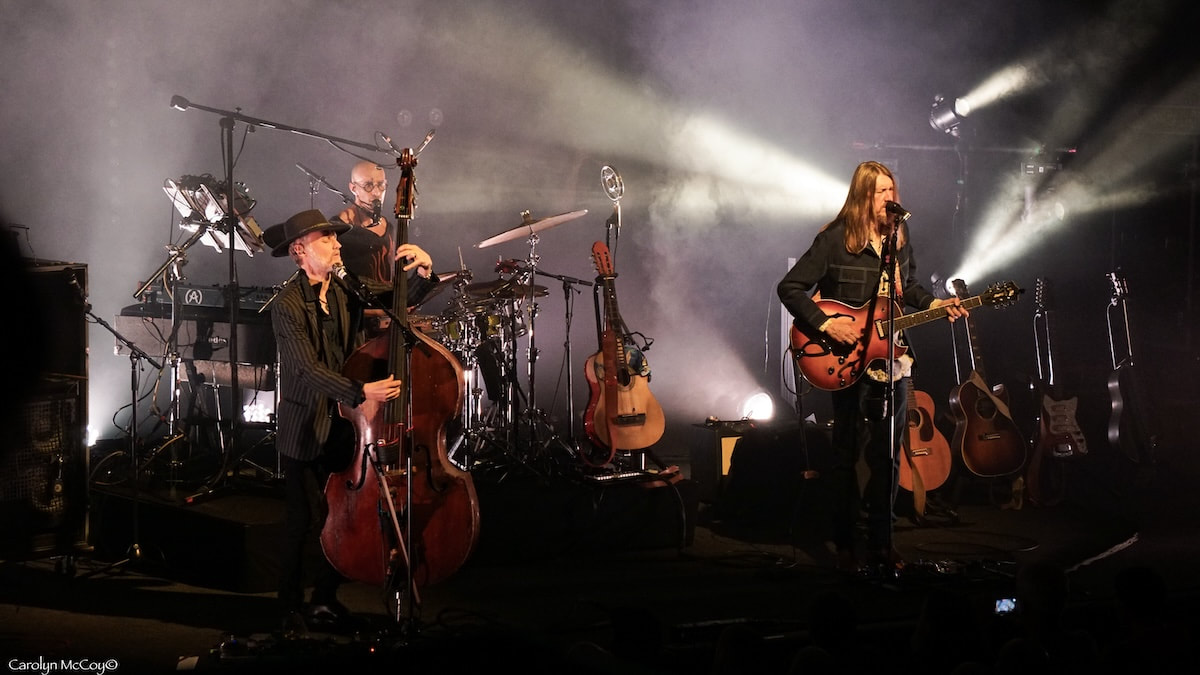Mendelson hails from New York and boasts a career marked by highs and lows, including signing and subsequently parting ways with a big label. Defiantly, she forged ahead, signing on to independent label Royal Potato Family and releasing multiple albums, including her latest effort, After The Party. This collection not only speaks to personal perspectives but also touches on universally relatable themes.
After The Party was produced by the legendary Peter Asher (James Taylor, Linda Ronstadt, Bonnie Raitt), up and coming wunderkind Tyler Chester (Madison Cunningham, Sara Bareilles) and the multi-talented Steve McEwan (Carrie Underwood, Faith Hill, and Keith Urban.), who also plays on and lends his vocals to the album as well as co-writing all the songs with Mendelson The album also hosts a plethora of mighty and talented session players including guitarist Waddy Wachtel (Linda Ronstadt, Beth Hart, Stevie Nicks), John Jorgensen (Desert Rose Band), bassists Leland Sklar (James Taylor) and Derrick Anderson (The Bangles, The Smithereens, Matthew Sweet), and drummers Jim Keltner (Delaney & Bonnie, Joe Cocker and George Harrison) and Abe Rounds (Meshell Ndegeocello, Seal and KD Lang). The album was recorded at Jackson Browne’s studio Grove Masters in Santa Monica, CA.
Eschewing a full band, Mendelson and McEwan opted for a simpler approach during the tour, using two-part harmony, acoustic guitars and harmonica to showcase the album's songs. This stripped-down format highlighted Mendelson’s lyrics, her voice, her easy banter with McEwan, and her infectious sense of humor.
She punctuated the evening with poignant covers of Paul McCartney’s "Every Night," Roy Orbison’s "Blue Bayou" (which she nailed!), and concluded with "All Come Together" from her 2020 release If You Can't Say Anything Nice, singing, “just stand, stand your ground, you can be the one who turns it all around,” fitting words for a world in chaos. But with Mendelson’s talent, music, warmth and humor, this chaotic world can quite possibly be tamed.
More about Leslie>




















 RSS Feed
RSS Feed
